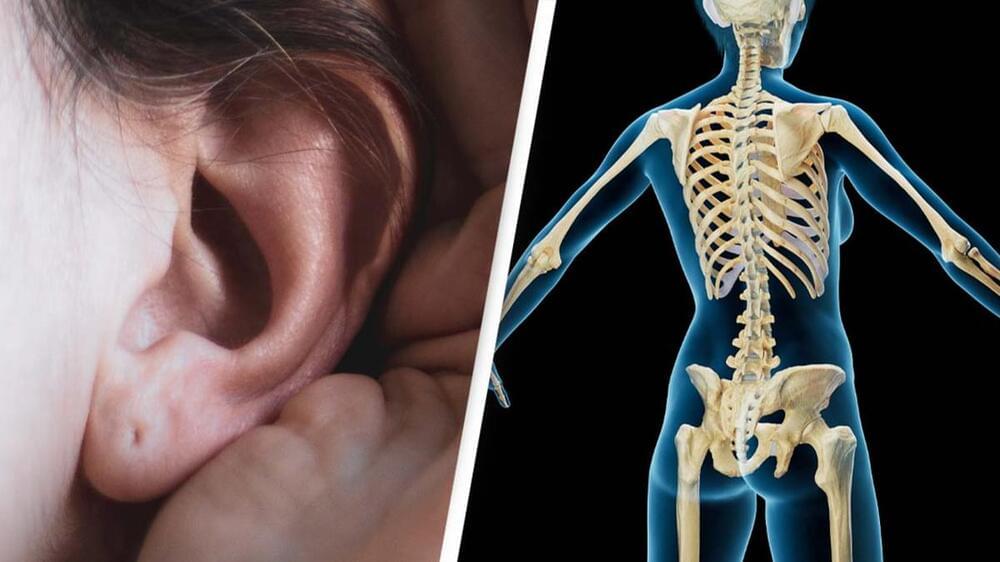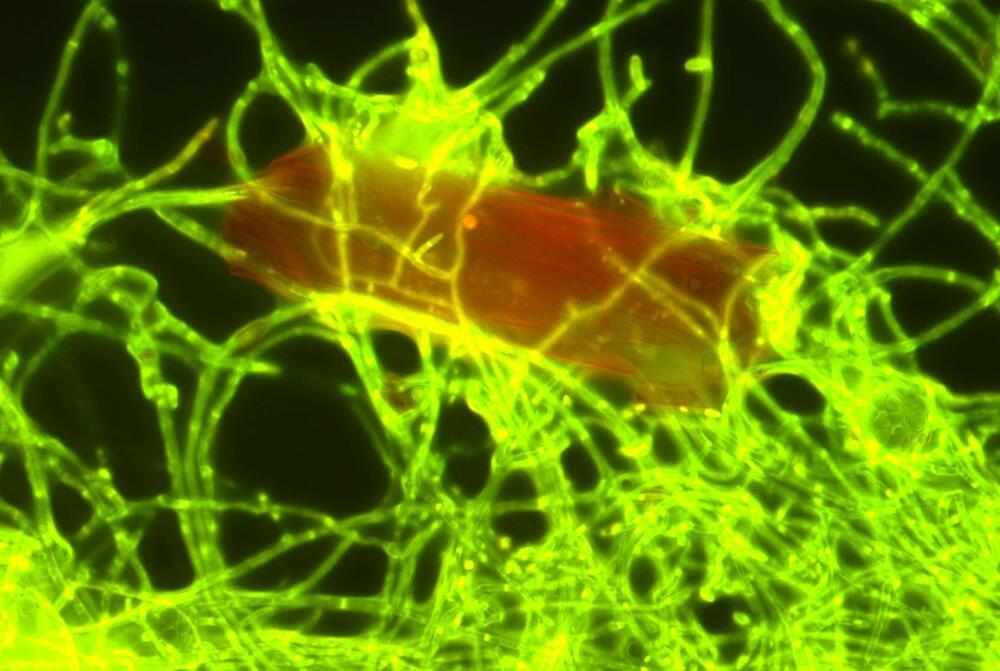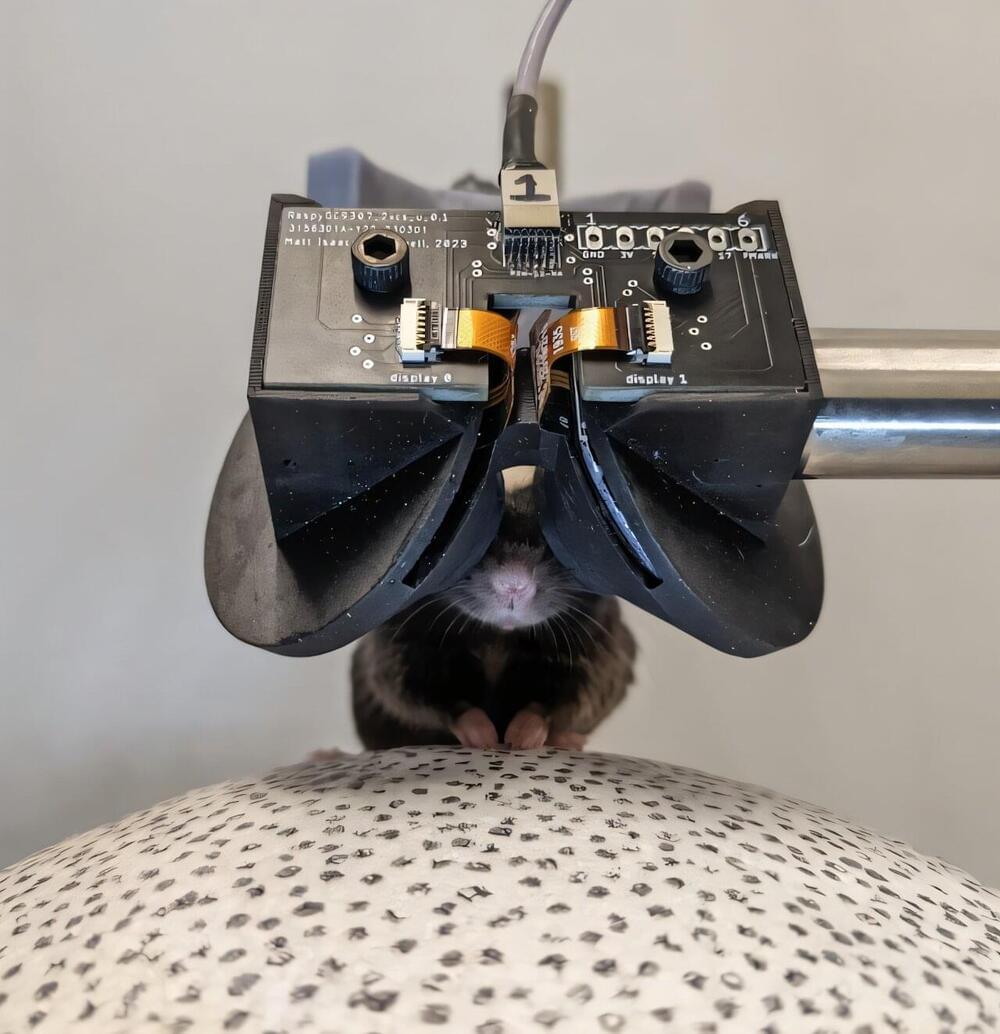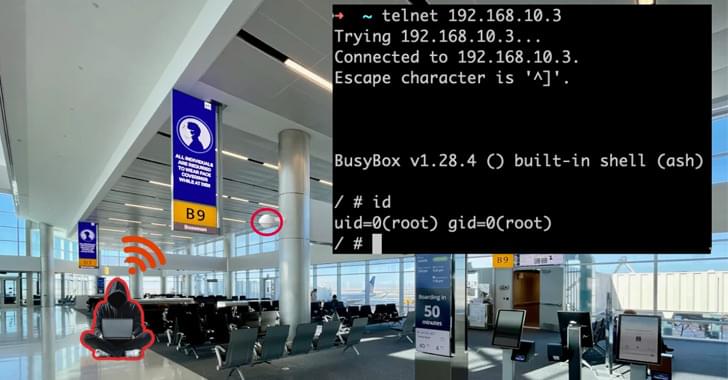An international team has spotted a remote blast of cosmic radio waves lasting less than a millisecond. This ‘fast radio burst’ (FRB) is the most distant ever detected. Its source was pinned down by the European Southern Observatory’s (ESO) Very Large Telescope (VLT) in a galaxy so far away that its light took eight billion years to reach us. The FRB is also one of the most energetic ever observed; in a tiny fraction of a second it released the equivalent of our Sun’s total emission over 30 years.
The discovery of the burst, named FRB 20220610A, was made in June last year by the ASKAP radio telescope in Australia and it smashed the team’s previous distance record by 50 percent.
“Using ASKAP’s array of dishes, we were able to determine precisely where the burst came from,” says Stuart Ryder, an astronomer from Macquarie University in Australia and the co-lead author of the study published today in Science. “Then we used [ESO’s VLT] in Chile to search for the source galaxy, finding it to be older and further away than any other FRB source found to date and likely within a small group of merging galaxies.”









